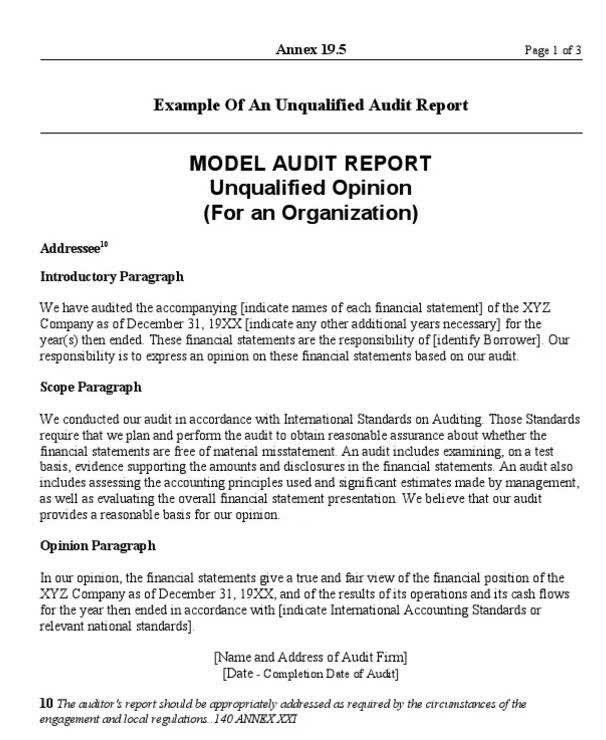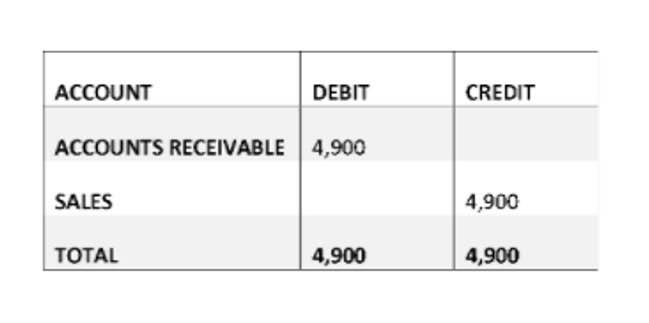Operating Cycle Formula: Definition Calculation Uses

Working capital is defined as the total current assets of a business after all its current liabilities have been paid off. To gain a deeper understanding of how operating cycle management can impact businesses, let’s explore a couple of real-world examples and case studies that highlight the significance of this financial concept. Managing your operating cycle efficiently often requires the right tools and software to streamline processes, monitor key performance indicators, and make informed decisions. We will explore essential tools and software that can help you effectively manage and optimize your operating cycle.

How can I improve my company’s operating cycle?
The operating cycle is a financial metric that measures the time it takes for a company to convert its investments in inventory and accounts receivable into cash. Essentially, it is the duration between the acquisition of inventory and the collection of cash from customers after selling the inventory. The operating cycle formula in financial management helps determine the time a business takes to purchase inventory, then sell the inventory and then collect the cash from the sale of the inventory. Using the equation to calculate the operating cycle enables the management of a firm be aware of the cash flow in and out of their business.
Financial Consolidation & Reporting
While non-manufacturing companies can go directly from the acquisition of services or products to sales, manufacturing companies need to consider the time required for manufacturing the goods. So, generally, the operating cycle of a company is more prolonged than non-manufacturing companies. The operating cycle (OC) differs from the cash conversion cycle (CCC) in that the OC does not allow for the accounts payable payment period. The OC measures the time difference between net sales the purchase of inventory and the collection of cash unlike the CCC which measures the time difference between the payment for inventory and the collection of cash.

Operating Cycle Calculation Example

This formula is used to calculate days for the inventory held on the floor of the business. A lower period of inventory is desirable from a business perspective, and however, it needs to ensure the availability of the inventory for the customers. Cash cycles are expected to be shorter when an operating cycle is shorter and vice versa. Therefore, the analysis of both of these cycles is essential for the companies to perform both individually and jointly. DSO or Days Sales Outstanding is a measure that allows the company to know how long it takes to collect cash from sales and how much cash it generates in a given period.
Example Calculation
- The operating cycle of working capital helps one measure the financial health of a company.
- On the other hand, the cash conversion cycle is about the management of the cash.
- There are many factors that influence the company’s operational cycle, and vice versa is true in terms of how a company can use an operating cycle to assess a firm’s financial health.
- Integration between these tools can enhance your ability to manage and optimize your operating cycle effectively.
- This financial metric helps you understand how much time a business needs to receive money from the sale of its inventory.
- The company might need to spend more cash on operational expenses like electricity, water, worker wages etc.
This means that XYZ Co. has a better cash conversion cycle as compared to ABC Co. The main areas of improvement for XYZ Co. are lower inventory days and lower receivables days. However, its payable operating cycle formula days are lower than ABC Co. which means it has a negative impact on the cash conversion cycle. Even with the lower payable days, XYZ Co. managed to complete its cash conversion cycle in 35 days which is 15 days lower than ABC Co. Days Payable Outstanding (DPO) represents the average number of days it takes for your company to pay its accounts payable to suppliers. A longer DPO indicates that you are retaining cash for a more extended period, which can be advantageous for working capital management.
- This may be inevitable in the first year of trading but is it important that systems are implemented to ensure efficient inventory management.
- It is important to note that all companies work towards maintaining a short working capital cycle.
- The operating cycle formula in financial management helps determine the time a business takes to purchase inventory, then sell the inventory and then collect the cash from the sale of the inventory.
- By submitting this form, you consent to receive email from Wall Street Prep and agree to our terms of use and privacy policy.
- The operating cycle formula is a financial metric that measures the time it takes a company to purchase inventory, sell it to customers, and generate income.
- This means that on average, it takes the company 15 days to convert its investments in inventory and accounts receivable into cash, after taking into account the time it takes to pay its suppliers.
- Essentially, it is the duration between the acquisition of inventory and the collection of cash from customers after selling the inventory.
There is no one “standard” cash conversion cycle that applies to all companies. The optimal CCC varies by industry and can also depend on other factors, such as a company’s size, financial position, and business strategy. Every industry works differently, which means that the length of this operating cycle can vary from one niche to another. Understanding your operating cycle can help you determine your financial health as it can give you a great indication of the company’s ability to pay off its liabilities in due course. The Operating net cycle (NOC) refers to the period between paying for inventory and cash collected through the sale of receivables.
MSME Definition: MSME Meaning & Latest Classification with Turnover Limit in 2025

On the other hand, a longer business operating cycle can strain cash flow, as money is tied up in inventory and receivables for an extended period. This can lead to cash shortages, making it challenging to pay bills, cover operating expenses, or seize new opportunities. Typically, a shorter operating cycle means a company Cash Flow Management for Small Businesses converts inventory and receivables into cash more quickly. As a result, your business has enhanced liquidity, can meet its short-term obligations, and can invest in growth opportunities.
